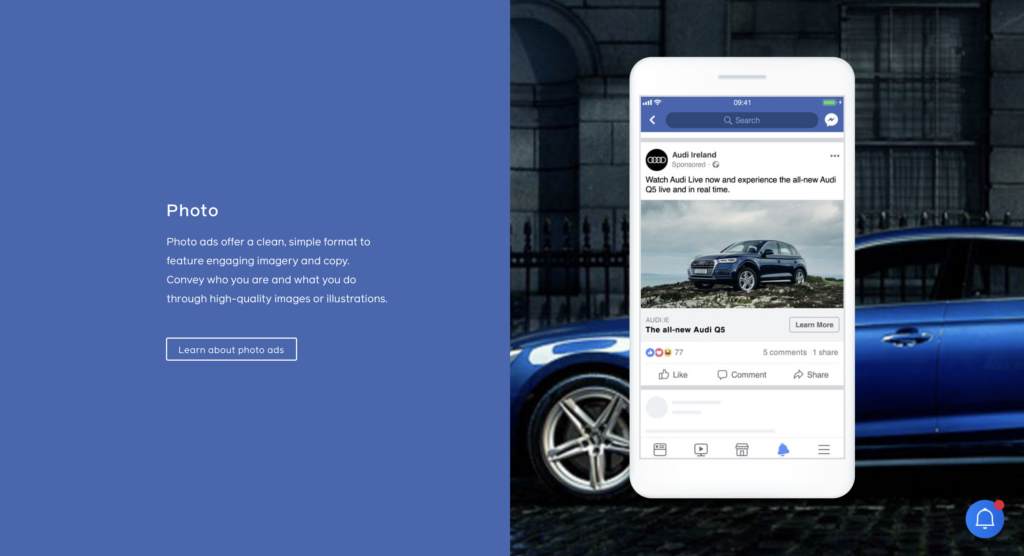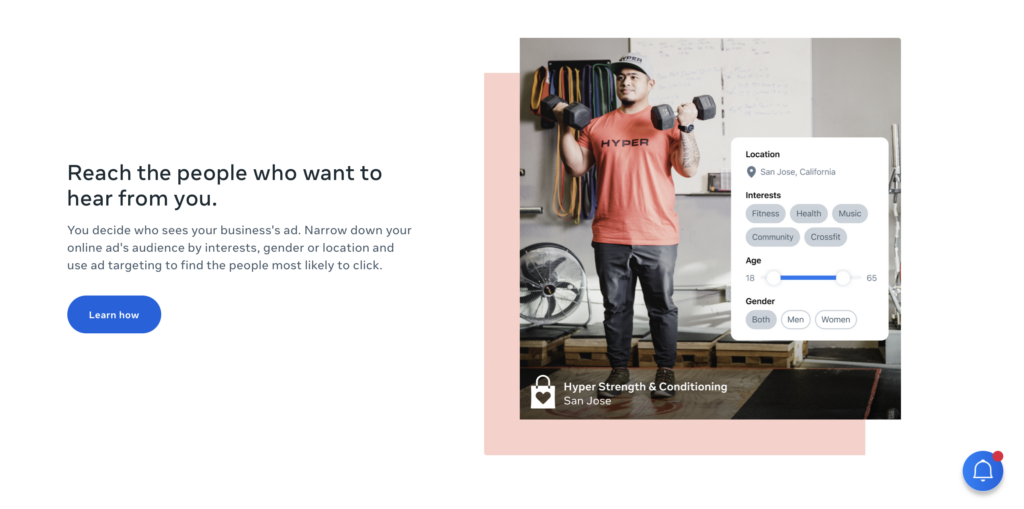Your CTR is one of the most significant indicators of how effective your ads are. An ad’s CTR (Click-Through Rate) determines how successfully the ad engages users and resonates with their needs.
Our previous blog posts covered:
In this article, we will focus on CTR and its importance in social media advertising. We will cover its definition, significance, measurement, interpretation, and tips on how to improve it.
What is CTR exactly?
CTR is a metric used in digital advertising to determine the percentage of users clicking on an ad after viewing it. It provides valuable insights into how effectively an ad generates user engagement and drives traffic to a designated landing page or website.
Calculating CTR
To calculate CTR, divide the number of clicks an ad receives by the number of impressions it generates, and multiply the result by 100 to obtain a percentage.
For instance, if an ad receives 50 clicks and 10,000 impressions, the CTR would be:
(50 clicks / 10,000 impressions) x 100 = 0.5% CTR
The higher the CTR, the more users who saw the ad clicked on it, indicating a higher level of interest and engagement. As a result, a lower CTR might suggest that the ad doesn’t resonate with the audience or doesn’t attract enough attention.
At Boosterberg, we focus on Facebook and Instagram ads, so let’s get a bit more specific.
Facebook CTR Specifics
Although Facebook CTR aligns with the universal CTR concept, there are specific characteristics and considerations to be aware of when examining Facebook’s CTR metric in the context of social media advertising.

Three factors make Facebook’s CTR unique:
- Native advertising: CTR on Facebook tends to be higher than on other platforms. This is because Facebook ads blend seamlessly into users’ news feeds, appearing alongside organic content. This integration increases the likelihood of users clicking on ads since they are not overtly obvious and can be mistaken for regular feed content.
- Highly-targeted audience: Facebook offers advanced targeting options based on demographics, interests, behaviors, and connections. This precise targeting enables advertisers to reach their ideal audience, leading to a higher CTR as ads become more relevant to users.
- Social engagement: Facebook encourages users to engage with content through likes, comments, and shares. Ads that generate higher engagement and social interactions have a positive impact on CTR.
Facebook CTR Benchmarks
According to a report by Adbraze from 2022, the average CTR across all industries on Facebook was 0.9%. The industries with the highest CTR on Facebook were Legal and Retail, closely followed by the beauty, technology, and apparel sectors. Conversely, the worst performing industries in terms of CTR were finance and insurance, as well as employment and job training.
According to another report by Databox, the median CTR for Facebook ads is 1.54%. Databox surveyed 62 companies across different industries, more than half being agencies.
As a general guideline, a CTR of 1% or higher is often considered a good benchmark for Facebook ads. But as you can see from the data mentioned, the CTR rate varies a lot from industry to industry, so take it with a grain of salt and always track and test your own campaigns to find out what works best for you.
However, we all know that beginnings are hard, so let’s have a look at some foolproof ways to get more clicks on your Facebook ads.
How to improve your CTR on Facebook
There are a number of things you can do to improve your CTR on Facebook. Some of them you will discover by hit and miss, but there are a couple of general techniques you can start working on from the beginning.
Use compelling visuals
Utilize high-quality images or videos that align with your brand and messaging. Experiment with different visuals to determine what resonates best with your target audience.

Create Persuasive Ad Copy
Highlight the key benefits and unique selling points of your product or service. Use action-oriented language and create a sense of urgency to motivate users to click.
Set Precise Targeting
Define specific demographics, interests, behaviors, and locations to ensure your ads are shown to the most relevant users. Narrowing your targeting increases the likelihood of attracting clicks from users who are genuinely interested in your offering.

Ensure a Mobile-Friendly Experience
With a large percentage of Facebook users accessing the platform on mobile devices, it is crucial to optimize your ads for mobile viewing. Ensure your visuals and ad formats are mobile-friendly, load quickly, and are easy to navigate on smaller screens.
Choose Strategic Ad Placement
Test different ad placements available on Facebook, such as in-feed ads, Stories, and Messenger. Monitor the performance of each placement and allocate your budget accordingly to maximize CTR. Tailor your ads to suit the specific characteristics of each placement.
Track your CTR if you want more clicks
In conclusion, tracking CTR is important when your goal is to drive clicks on ads. If your aim is solely to build brand awareness on social media without directing users to a landing page or website, tracking clicks may be lower on the priority list of metrics to monitor. However, if your goal is to generate clicks and your CTR indicates users are not engaging with the ads, it means it’s time to adjust your strategy.
Remember, if you’re running ads, the data is readily available; you just need to leverage it to your advantage.

